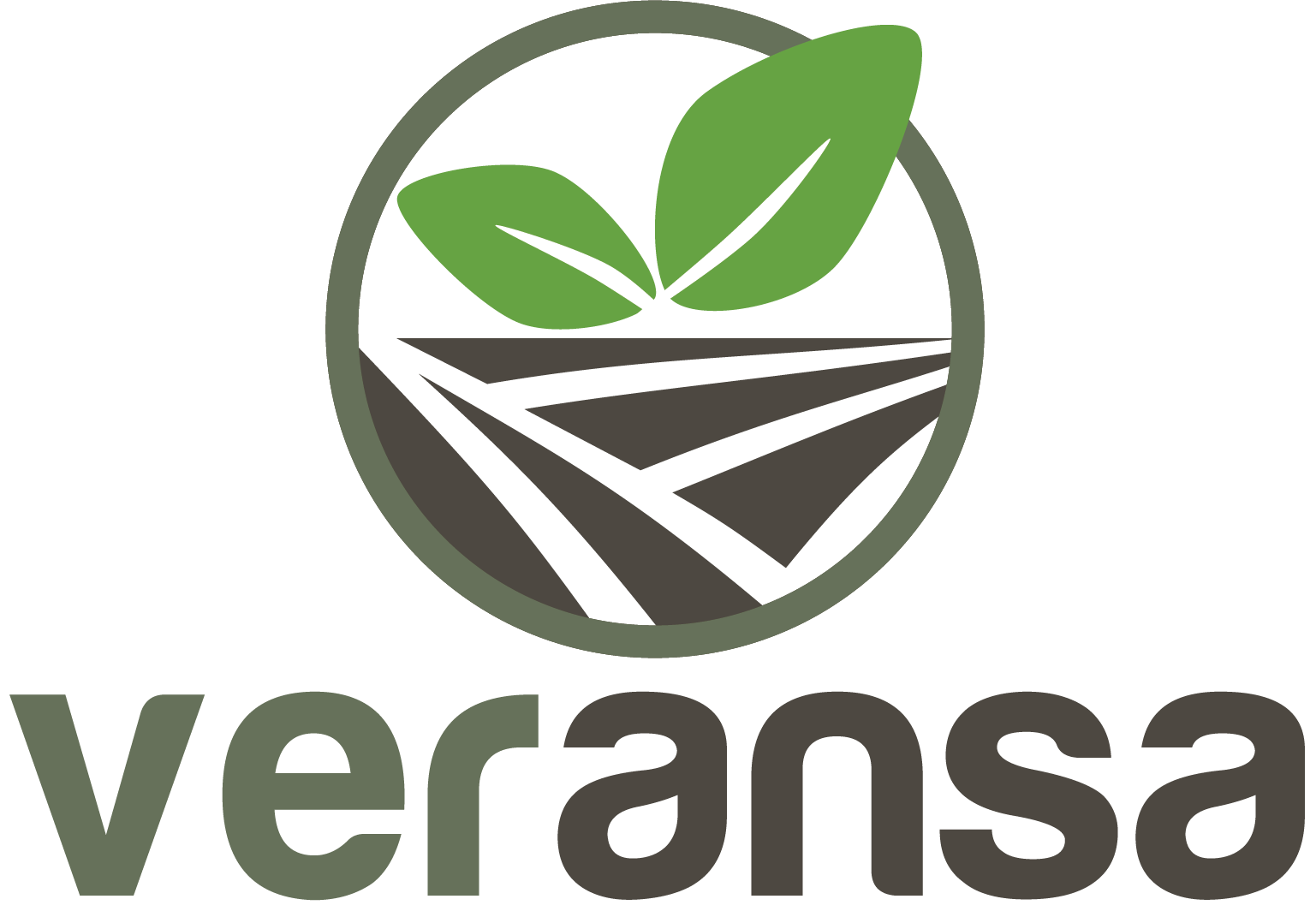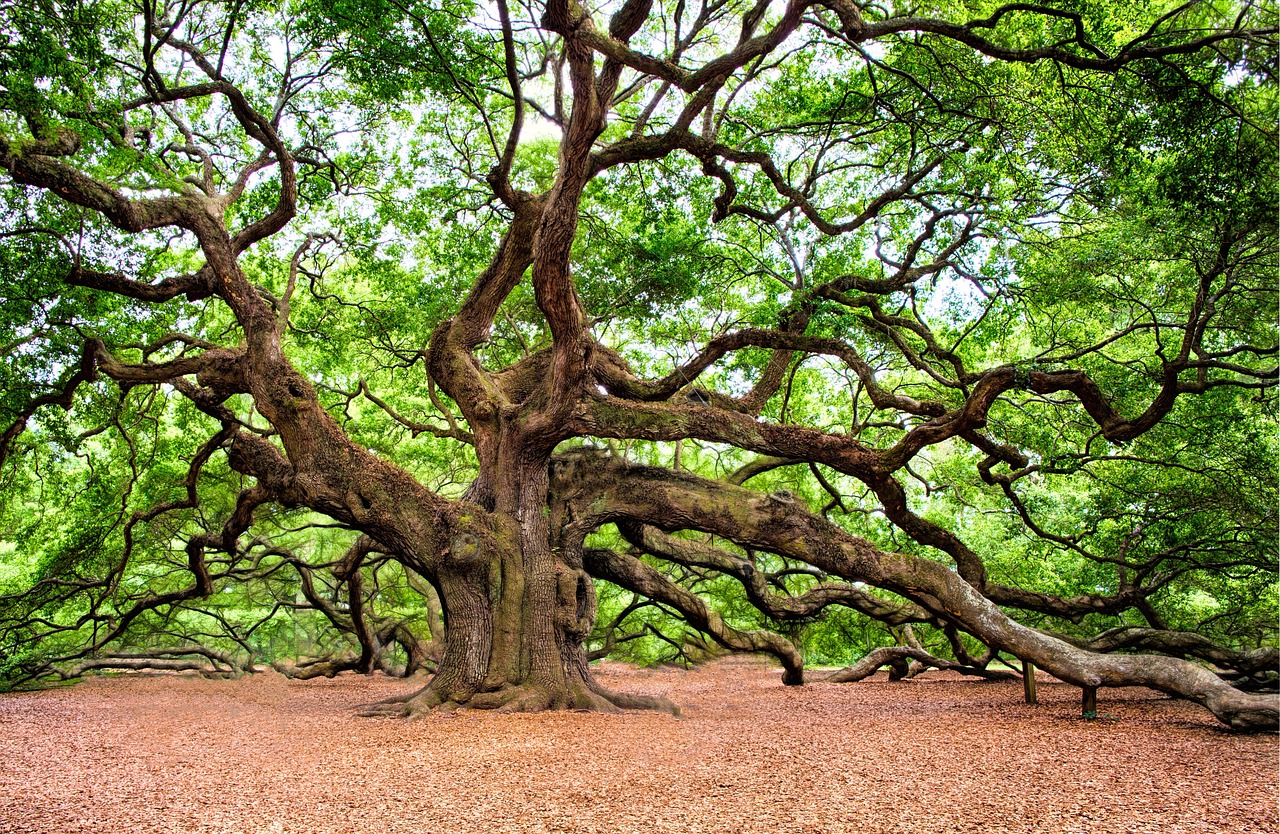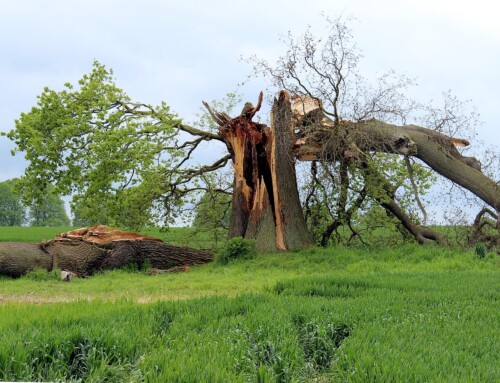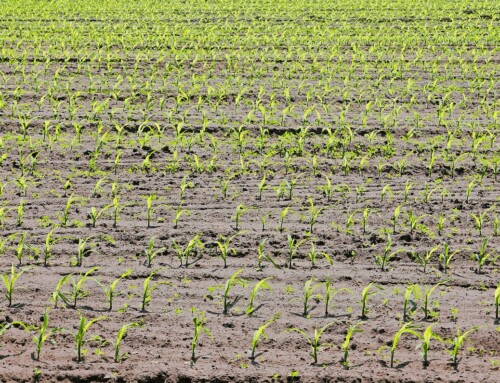Whether after a storm or during normal yard maintenance, sometimes it becomes necessary to prune or even cut down trees in the yard. But if you want your municipality to pick up the wood waste from this task, you’ll need to prepare the waste appropriately. Breaking down trees for debris pickup and disposal involves several steps to ensure safety, efficiency, and compliance with local regulations. While you should always check for local guidelines, this article will discuss the generally accepted way to approach this process.
- Assessment and Preparation
- Survey the Trees: Identify which trees need to be cut down or pruned. Consider safety, aesthetics, and health reasons.
- Check Local Regulations: Ensure compliance with local laws regarding tree removal and disposal. Some areas have specific rules about how trees must be prepared for pickup.
- Gather Necessary Tools: Prepare tools such as chainsaws, loppers, pruning shears, and safety equipment like gloves, goggles, and helmets.
- Tree Cutting and Pruning
- Plan Your Cuts: Decide on the cutting strategy to minimize debris and facilitate easier pickup.
- Cut Down Trees Safely: Use appropriate techniques to fell trees safely. Ensure there is enough space for the tree to fall without causing damage.
- Prune Branches: Trim branches to manageable sizes using loppers or pruning shears. Aim for lengths that are easy to handle and fit within pickup guidelines.
- Processing Debris
- Cut Trunks into Sections: Divide the main trunk into manageable sections with a chainsaw. Typically, sections should be around 2 to 4 feet in length.
- Bundle Smaller Branches: Tie smaller branches into bundles using twine. This makes them easier to collect and dispose of.
- Separate Leaves and Fine Debris: Use tarps or containers to collect leaves and small debris separately. Some municipalities may require separate disposal methods for organic matter.
- Organizing for Pickup
- Stack Debris Neatly: Arrange sections of trunk, bundled branches, and containers of debris neatly at the pickup location.
- Check Weight Restrictions: Some pickup services have weight limits for individual pieces or total pickup. Ensure your debris piles comply with these limits.
- Mark Pickup Location: Clearly mark the pickup location with signs or flags, especially if pickup is scheduled for a later date.
- Safety Considerations
- Use Safety Gear: Always wear appropriate safety gear, including gloves, goggles, and sturdy footwear.
- Beware of Hazards: Watch for hazards such as unstable branches, uneven ground, or nearby power lines.
- Work with Assistance: If handling large trees or heavy branches, work with a partner to ensure safety and efficiency.
- Disposal Options
- Municipal Pickup: Arrange for municipal or local government pickup services. Follow their guidelines for preparing debris.
- Private Disposal Services: If municipal services are not available or sufficient, consider private companies that specialize in debris removal.
- Composting or Recycling: Some areas offer composting or recycling options for organic debris. Check local resources for these alternatives.
- Environmental Considerations
- Avoid Burning: In many areas, burning tree debris is prohibited due to air quality concerns. Seek alternative disposal methods.
- Composting: If possible, consider composting organic debris like leaves and smaller branches. This can reduce landfill waste and provide nutrient-rich compost.
- Post-Cleanup
- Inspect the Area: After debris removal, inspect the area for any remaining hazards or cleanup needs.
- Restore Landscaping: Fill in holes left by tree removal, replant if necessary, and restore the area to its original condition or better.
By following these steps, you can efficiently and safely prepare trees for debris pickup while ensuring compliance with local regulations and environmental considerations. Proper preparation and organization will make the process smoother for both you and the pickup service.
Veransa partners with Florida municipalities to clear debris after storms and severe weather events. If you are looking for a partner for yard and wood waste disposal, call our experienced team today.




